
In the last decade, the preventative aspect of dental healthcare has expanded significantly.
When we think of dental prevention, we think of preventing cavities and gum disease. But another important area in children’s dental health is preventing the need for braces.
Crooked teeth affect up to 75% of the population today, including wisdom teeth impactions (which stem from the same jaw growth problem).
You, Your Child and Crooked Teeth
Do you ever wonder about your children getting braces? You may think that there’s nothing you can do about it. Whether they need them or not is simply down to fate.
But we now know that’s not true. If we start early enough, there are things we can to help our children’s teeth grow straight. That’s why an early visit to the dentist for a functional dental exam is essential.
When Should I Take My Child to the Dentist for the First Time?
The problems that lead to crooked teeth often stem from children’s dental development in the first years, or even months, of life. These issues are frequently linked to mouth breathing, which can impact your child’s general health and development too. The mouth is a part of a larger dynamic system that’s strongly connected to our central and peripheral systems.
The good news is that there are many new ways to assess your child’s development. A myofunctional or cranio-sacral practitioner can make a professional assessment.
Myofunctional therapy aims to assess and potentially correct imbalances including:
- Crooked teeth
- High palate
- Teeth grinding
- ADHD
- Behavioral or learning difficulties
- Long, skinny face
- A lower jaw that’s rotated back
- Difficulty chewing and swallowing
- Sleep apnea and snoring
- Day time sleepiness
Home Strategies to Spot Dental Problems in Children
However, you can also identify some potential dental and development problems at home using the tips below.
Head and body posture
Start your child’s pediatric dental assessment by looking at their whole-body posture.
Check their head, neck and body posture when standing and sitting. The head and neck can give signs of facial imbalances.
Some signs to look out for:
- Their head is tilted in one direction
- They lean their head forward when standing
- They have a slumped, forward-inclining neck and shoulders
- Their spine looks bent from behind
- They tend to look at you over one shoulder
- Their body feels or looks very tense
Facial Shape
Check your child’s facial shape. From the front, would you class your child’s face as:
- Oval or round
- Square
- Long and narrow
What is the best face shape for a child to have? Generally, a square face. This indicates better developed jaws. A long and narrow face can indicate cramped jaws and teeth.
Check your child’s chin and side profile. Would you class your kid’s chin as:
- Prominent
- Soft
- Retruded
A soft or retruded chin is a good sign that your kid’s jaw is set back in their face.
Now look at the relationship between your child’s nose and chin. Ask them to stand side on and draw an imaginary line from the base of the nose to the chin.
Compared to the nose, do the lips and chin sit
- Directly below
- Slightly behind
- A long way behind
A retruded chin that sits a long way back from the nose is a good sign of an underdeveloped jaw bone.
Nose and breathing
Does your kid breathe through their nose or mouth? Here are some of the easiest ways to check.
- When your kid watches television, do they sit with their mouth open?
If they breathe through their mouth, it may be because nasal breathing is difficult for them. Do they have:
- A runny nose
- Allergies
- A chronic blocked sinus
- A bent or deviated septum
Sleep breathing
When your child sleeps, do they:
- Sleep with their mouth open
- Sleep on their stomach
- Snore
- Wet the bed often
- Suffer from day time sleepiness
- Need to nap often
Eyes
The eyes are a good indicator of facial balance and the growth of the upper jaw (maxilla bone). The skin around the eyes can tell you if the bone is undergrown on one side.
Look at your child’s eyes from the front.
- Do the eyes or corner of the eyes droop?
- Do they have dark circles under their eyes?
Cheeks
Cheeks reveal the underlying facial muscle tone. They should be tight and well defined.
Look at and feel your child’s facial muscles.
- Do they look defined or chubby?
- The muscles look defined or floppy?
Lips
The lips are a good indicator of facial muscle balance. Look at your child’s lips.
- From the front, do they look even? Or Is one corner uneven or drooping?
- From the side, do they stay closed at rest? If you ask your child to close their lips, does their chin look strained? Can you see lines or dimples?
Palate
Now it’s time to ask them to open their mouth. The first thing to check is their hard palate (roof of the mouth).
- Does their palate look U or V shaped?
- Is it thin or wide?
- Is it high?
- Do the lines on the palate look red or inflamed?
A normal palate should look wide (U-shaped) and shallow. It should not look thin, deep, V shaped and inflamed.
Resting postures, swallow, eating and drinking
The normal swallow should be effortless. Watch your child swallowing both water and food.
- Do they keep their lips closed?
- Do they use other muscles like the neck or head when swallowing?
- Do they poke their tongue out through their teeth when they swallow?
- Do they pucker their lips before swallowing?
- Do they struggle to swallow a pill?
- Do they gag or suffer from reflux?
Their lips should stay closed when swallowing and they shouldn’t appear to struggle to swallow.
Throat and tonsils
Look at the back of your child’s throat. Can you see the back of the throat when your child opens their mouth and sticks their tongue out?
The picture below describes the Mallampti score. A normal score is indicated by I. As the score increases, the chances of airway obstruction increases.
Now look at their tonsils. Do they appear swollen, red or inflamed?
Tongue and inner lips
- Can your child lift their tongue to the palate on full opening?
- Is there a visible tongue tie? If you’re unsure what you’re looking for, this article explains how to identify a tongue tie.
- Lift the upper and lower lips out. Can you spot a flap of skin? If you can, it may be a lip-tie.
- Does the tongue look too big for the mouth?
- Is it scalloped on the edges?
Sucking or oral habits
Non-nutritive sucking can hamper a kid’s jaw and dental development.
- Does your child place their hand around or in their mouth often?
- Do they suck their thumb or a pacifier?
Speaking and articulation
Speech can indicate the health of your child’s oro-motor function.
- Is there a lisp?
- Do you struggle to understand them?
- Do they struggle to pronounce any of the vowels?
Jaw Joint
Parents often ask if kids can get TMJ disorders (problems with their temporomandibular joint). The answer is yes. You can assess your child’s TMJ to see if there is a possible problem.
Ask your child to open their mouth. Does the jaw move cleanly in one motion?
Watch them from the front and place your fingers on the jaw joint. Do the jaw joints move evenly or does one side move first? Can you hear a click?
Does the child complain of pain or headaches on opening their mouth?
Teeth and bite
Your child should normally have small spaces between their teeth.
When your child bites together, do you notice:
- An open bite – their lower and upper front teeth don’t touch (but back teeth do)
- A deep bite – the upper teeth overlap the bottom teeth (and lower incisors may make contact with gum tissue in the upper arch of the jaw).
- Cross bite – lower front teeth overlap top front teeth OR back lower teeth are ‘outside’ the top teeth.
- Overjet – when the upper teeth ‘stick out’, as in an overbite, they may not just overlap the lower front teeth but sit a little in front of them when your child closes their jaws. You can see how overjet is measured in this guide.
Monitor Your Child’s Dental Health
The questions in this article should help you to have a better understanding of your child’s oral development.
As we’ve seen, it’s never too early to be concerned about your child’s dental health. Newborns can really benefit from an early dental check and you should also monitor your child’s oral health and development as they grow, too.
If you have any worries about your child’s breathing, tongue posture, jaw or speech, take them straight to the dentist. This could prevent crooked teeth and serious issues such as sleep apnea in later life.
Have you noticed any of the above signs in your child? Leave your experiences in the comments below.
For more information on Dr. Lin’s clinical protocol that highlights the steps parents can take to prevent dental problems in their children: Click here.
Want to know more? Dr Steven Lin’s book, The Dental Diet, is available to order today. An exploration of ancestral medicine, the human microbiome and epigenetics it’s a complete guide to the mouth-body connection. Take the journey and the 40-day delicious food program for life-changing oral and whole health.
Click below to order your copy now:
US AMAZON
US Barnes & Noble
UK AMAZON
Australia BOOKTOPIA
Canada INDIGO
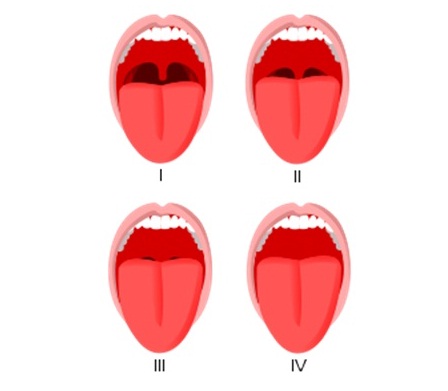

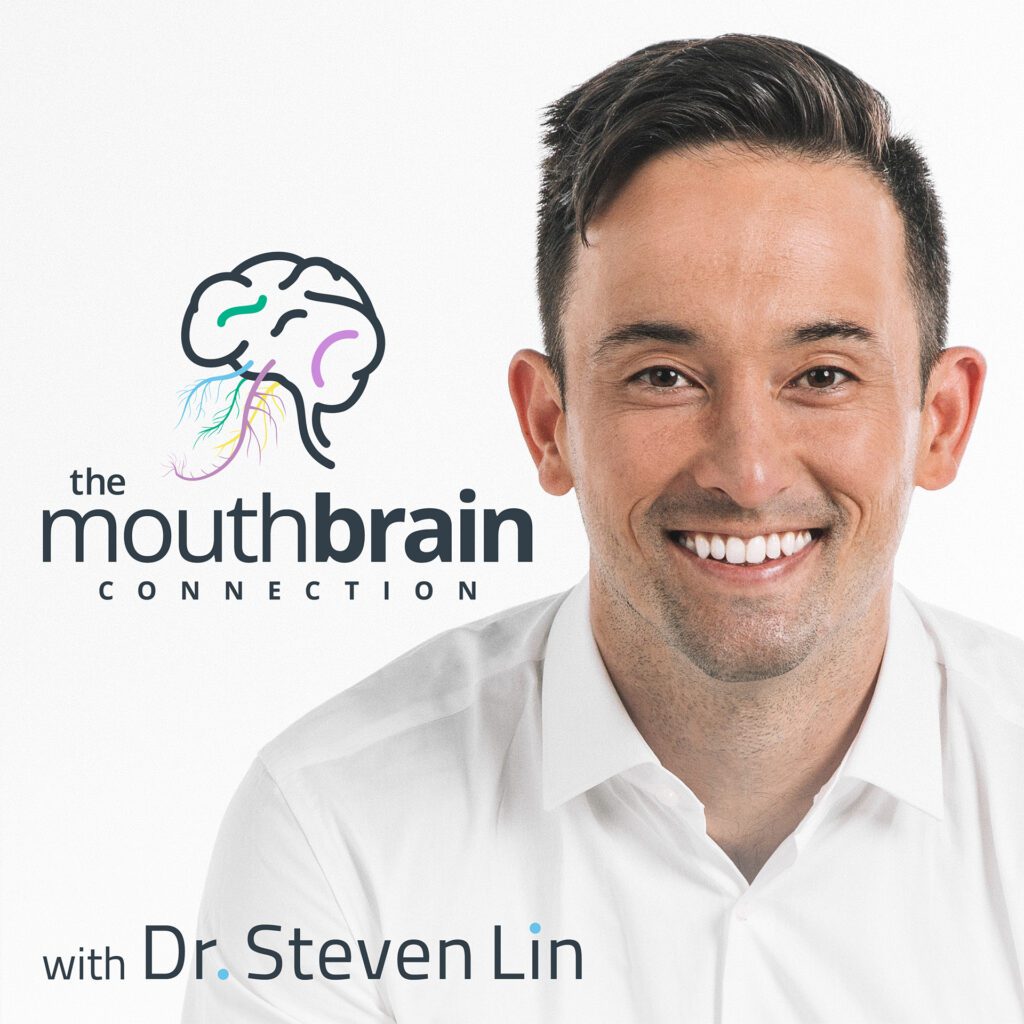

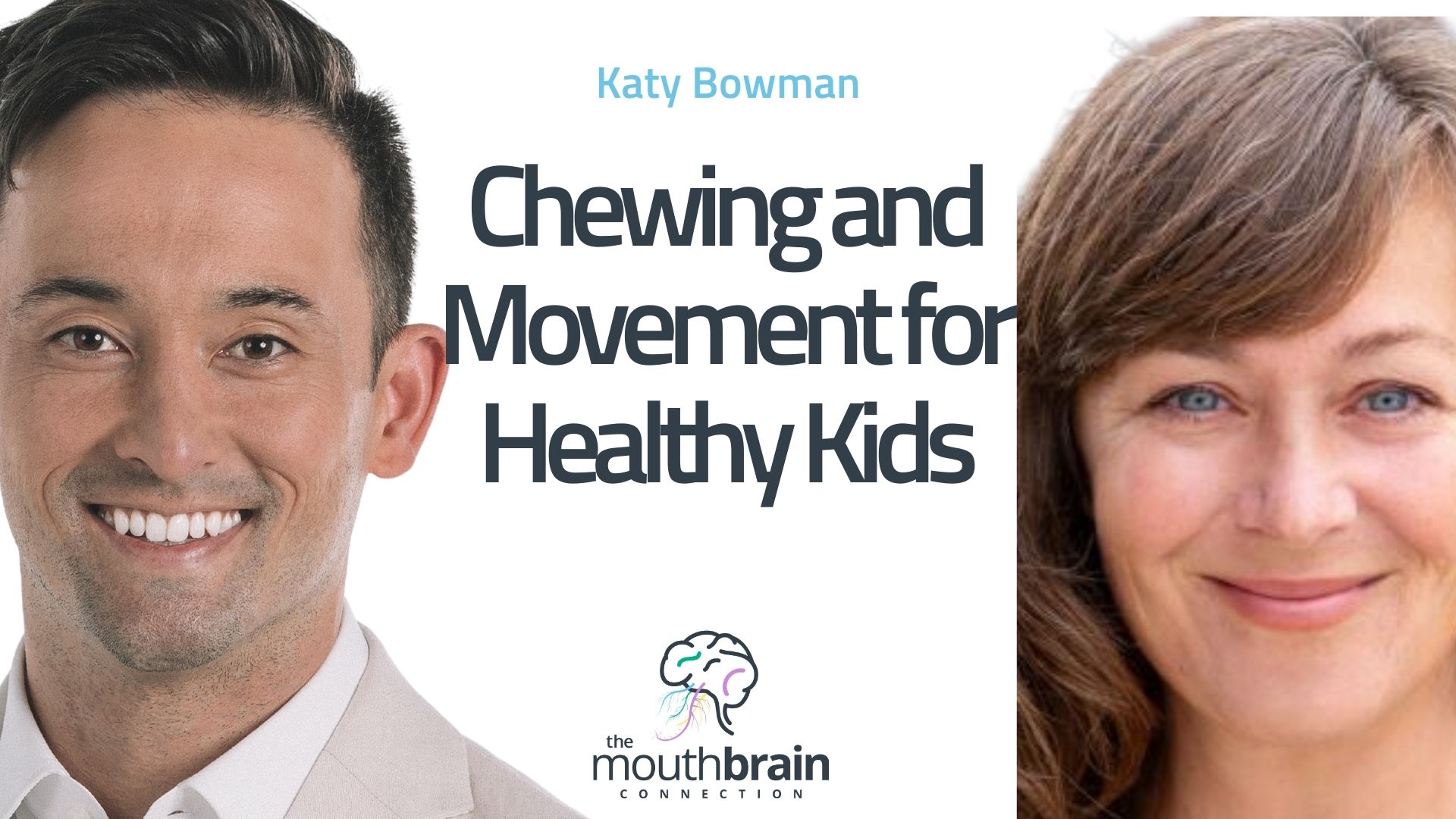
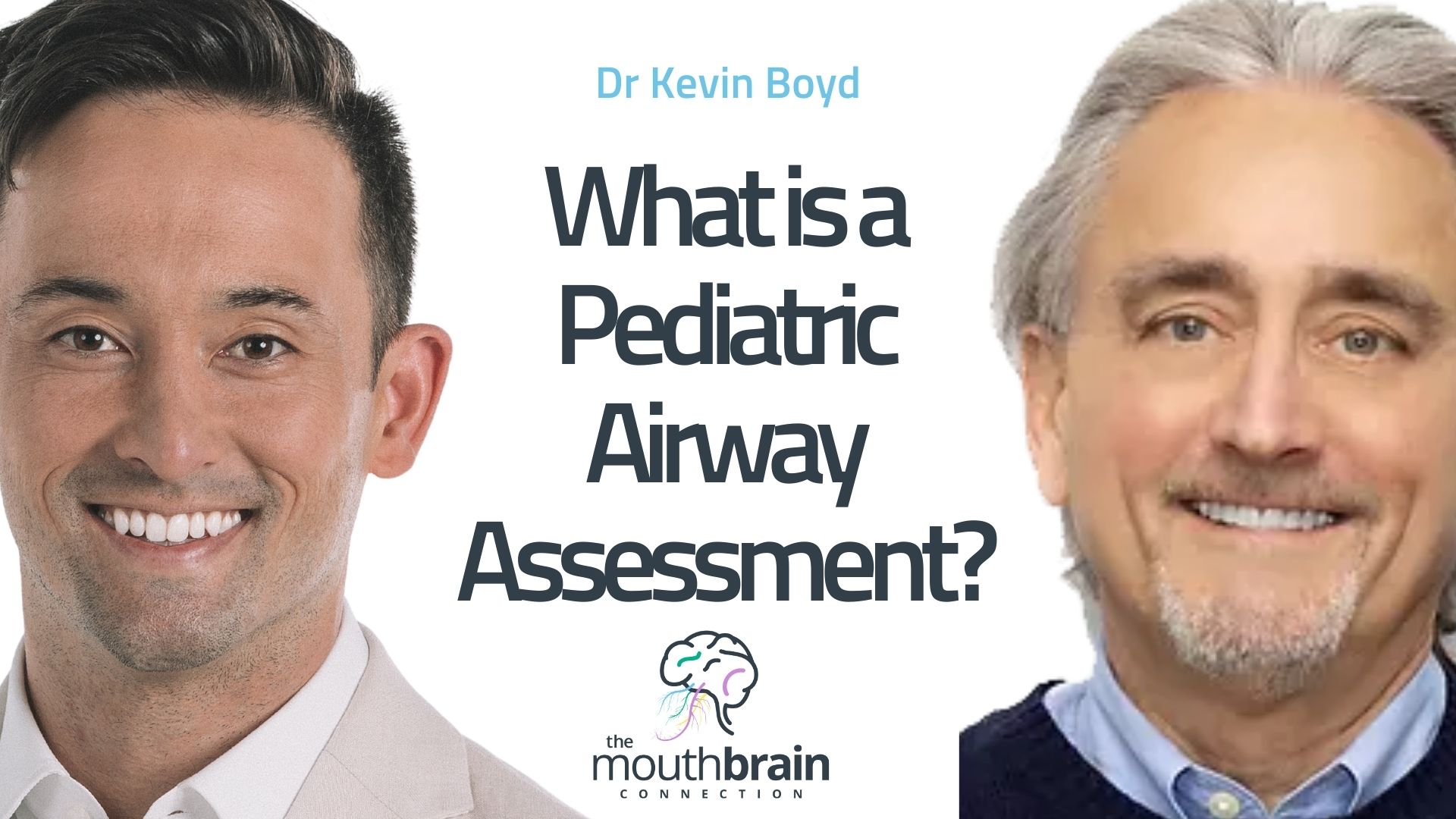
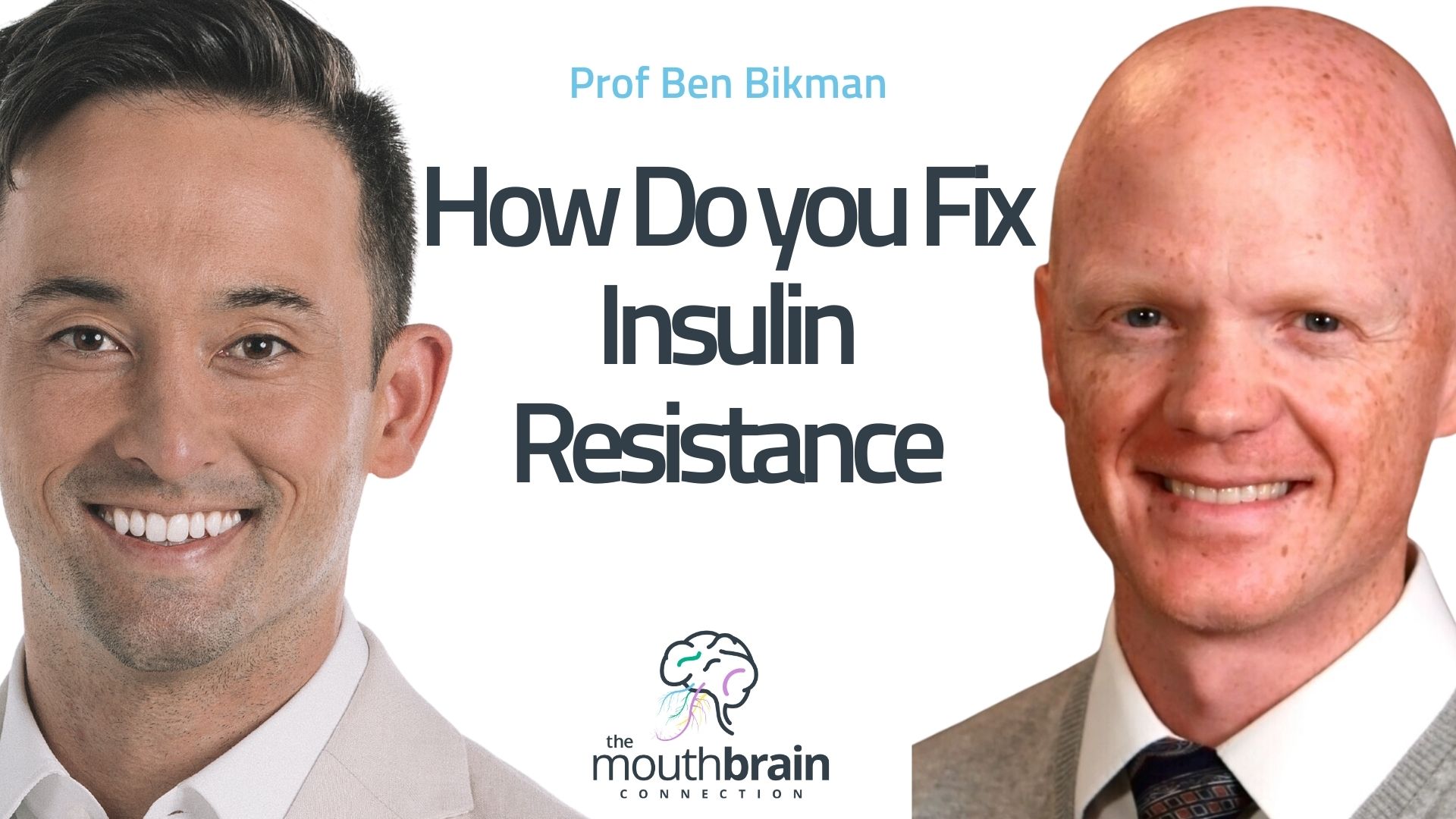

8 Responses
Hi Dr. Lin, my son had a level 3 posterior tongue tie and a lip tie. We got it revised at 10 weeks. He is currently 12 weeks. My concern is he did have a very receding chin that appeared super tiny and his pediatrician just thought it was still underdeveloped. Fortunately it has come forward quite a bit from the release but I do notice that his lips sometimes don’t touch. It’s not that he stays with his mouth open but if his head tips back a bit it happens. Before his revision he did have some irregular breathing like he was trying to catch his breath. I would love to get him further checked to prevent future problems as you state, any guidance on who to seek? I’m in California in the Central Valley Fresno/Clovis.
Hi there,
If you can get an assessment from an ENT on nasal patency. You may also want to get a postural osteopath check for cranial base assessment.
There are some exercises in this article here, ultimately need to guide them to nasal breathing:
https://www.drstevenlin.com/home-exercise-program-prevent-braces-kids/
Dr Steven Lin
Hi Dr Lin, where do you practice from!I need to have my son checked as I know he has got dentofacial issues . He is 3 year old.
Thank you
Hi there,
Unfortunately we’re not taking new patients until the release of my new book. Please stay in touch for good functional dental information and referrals to practitioners though!
Dr Steven Lin
My sons both have their tongue in the IV condition. My youngest had his tongue tie clipped as a baby and really should jave speech theropy but we jave not done so. How can I correct it so I can see his tonsils. They have pandas and keep getting strep.
Hi Laura,
They may need a myofunctional assessment and ENT check.
Here are some more checks
https://www.drstevenlin.com/causes-crooked-teeth-kids/
There are some exercises in this article here, ultimately need to guide them to nasal breathing:
https://www.drstevenlin.com/home-exercise-program-prevent-braces-kids/
Dr Steven Lin
Hi Dr Lin
Where abouts are you located as I would love for my son 5 years to be seen by you. Naish has SPD and speech delay.
Thanks Viviana
My email: vivmaree08@gmail.com
Hi Viviana,
Unfortunately we are not taking on new patients until the release of my new book, The Dental Diet, in January. Please stay in touch for online programs and referrals to practitioners in your area though!